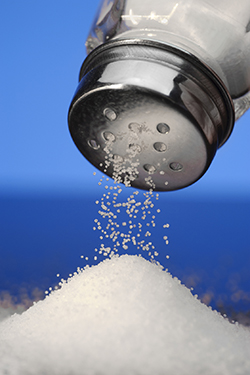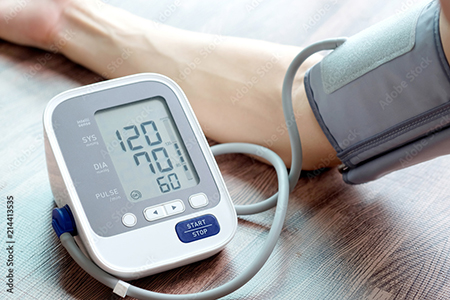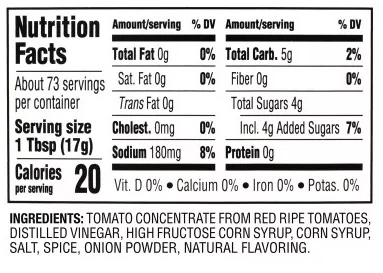| g e n u i n e i d e a s | ||||||
 |
 |
 |
 |
 |
 |
 |
| home | art and science |
writings | biography | food | inventions | search |
| salt salt everywhere and not a drop to eat | |||||||||||||||||||||||||||||||||||||||||||||||||||||||||||||||||||||||||||||||||||||||||||||||||||||
| jan 2023 | |||||||||||||||||||||||||||||||||||||||||||||||||||||||||||||||||||||||||||||||||||||||||||||||||||||
|
Every time you pee, salt is excreted in the urine. To compensate, we need to eat a pinch of salt to maintain good health. Our bodies contain around 0.4% salt by weight, or 200 gms, or around 40 teaspoons. Sodium is a key neurotransmitter and helps stabilize hydration levels. So it's distributed throughout the body. That's on a good day. On a bad day after a long bout with diarrhea, salt leaves through the back door. Electrolyte imbalances (e.g sodium, potassium, chloride, ..) can be deadly. And on a normal day, too much salt can increase your blood pressure and eventually blow a gasket. Which leaves us with the question, how much salt should we consume per day to remain healthy? Well, in light of decades of research, around 2300 mg of sodium. Higher levels of salt may raise blood pressure, leading to cardiac events and even death. Now, don't panic. Not everyone is salt-sensitive. A teen scarfing down an entire bag of Doritos isn't going to flop over and die. And salt tolerance rises in a healthy diet filled with other electrolytes, like potassium1. But your ability to process salt typically decreases with age, and it is estimated that 1 in 10 cardiac deaths are due to excessive salt consumption. Plus tens times that number suffer a reduced quality of life. If you consume sodium in the form of table salt (sodium + chloride), that 2300 mgs of sodium translates into around2 one, yes just one, teaspoon of salt a day! Which is a challenge. My favorite lunch of ramen soup is over 1500 mg of sodium. A Big Mac 1000 mg, and a tablespoon of soy sauce shaken over fried rice 1400 mg. Yikes. No wonder most Americans consume closer to 3500 than 2300 mg! And some twice that much. As you might expect, it's difficult maintaining a low sodium diet while eating out. Cooks rely on salt to add flavor, tenderize meat and preserve food. Sodiium tastes great, but to be honest, our taste buds are lazy and many restaurants use it as a crutch and over-salt their food. Often hamburgers are salt bombs- that distinctive flavor of beef and seared fats are completely obscured by the sodium. Why kill the animal if it's just a salt lick? Sadly, veggie meat alternatives are often saltier than the real thing.
How can you reduce your salt levels intelligently, without sacrificing too much flavor? Strategic shopping is one approach. Turns out there are bottled tomato sauces available with half the salt compared to regular strength and frankly a more prominent tomato flavor. I compared two packages of granola, one containing 150 mg of salt per serving, the other only 15 mg. Both were equally tasty. One canned soup at 500 mg, the other 220mg. The lower salt choice from one manufacturer was weak gruel, but the other brand was excellent. Shop around. Sausages are salt bombs, but if you cook pasta with sausage and add more herbs you can entirely leave out salt in the tomato sauce, letting the sausage carry the weight. Over time, your tongue will adapt to these lower salt levels. Here is a useful guide: Assuming a recommended daily caloric intake of 2300 Calories and recommend salt intake of 2300 mgs, we can keep salt and calories in balance by searching the nutrition label for foods with a ratio of 100mgs sodium per 100 Calories. Or less. If your dietary intake met this ratio on average, then the total would match the sodium guidelines, while still not gaining weight. Let's call this ratio the SAFE-SALT RATIO (SSR). A few examples:
Green levels safe, yellow marginal and red, well you know.... Interestingly, the snack food industry has been cleaning up its act. Not only have they removed saturated fats, but about half of the salty snack foods at the supermarket achieve a safe-salt ratio below 1.25, and some 0.5. (though not sure in what universe eight potato chips constitutes a serving). One warning. It's human nature to self-deceive. You'll be tempted to enjoy a high-salt meal out one night, and promise to double- down on a low-salt meal the next day. Trade 1000 Red calories for Green. But never do. Finally, there are condiments. Use SPARINGLY. Calories are not the problem with condiments, total salt is. A tablespoon of soy sauce is 1400 mg alone. A Tbs of ketchup or mustard or salad dressing around 175 mg. So enjoy condiments, just don't bury your food from sight.
|
|||||||||||||||||||||||||||||||||||||||||||||||||||||||||||||||||||||||||||||||||||||||||||||||||||||
|
Notes: There are many low salt diets, such as DASH, which are high in vegetables and whole grains. In other words, a Safe-Salt Ratio in the GREEN zone above. Not surprisingly, DASH meals are rather boring and adherence to these diets are poor. But they are effective at lowering blood pressure without medication. If the FDA were to add SSR to the nutrition label, and restaurants took a lighter hand with the salt shaker, salt consumption would automatically decline. And cardiac events drop.... There are many non-salt alternatives on the market where sodium chloride is replaced by potassium chloride. These faux salts taste metallic, so are often blended 50:50 with table salt to make them palatable. Unfortunately, people treat them as "get out of jail free cards" and end up over-dosing on salt. But they can be helpful. 1 It is estimated most daily diets are around 1000mg of potassium deficient. To fill this gap, low calorie, dense sources of potassium are your best bet. Two excellent choices are unsugared coconut water and low-salt veggie juice. Both around 500mg of potassium per 8oz. Next best are fruits like a banana or tangerine juice. But these are expensive sources of potassium. So many prefer a salt substitute containing potassium- just remember, concentrated potassium chloride can be rough on your stomach, so consume as part of a full meal. 2(Since table salt is 40% sodium and 60% chlorine by weight, for purposes of these rough estimates I assume they are equal. Thus 10 mg of sodium becomes 20mg of table salt.) |
|||||||||||||||||||||||||||||||||||||||||||||||||||||||||||||||||||||||||||||||||||||||||||||||||||||
Contact Greg Blonder by email here - Modified Genuine Ideas, LLC. |
 How much salt should you consume every day? And why does it matter?
How much salt should you consume every day? And why does it matter?
